Canada is known for its vast landscapes and natural beauty, but it is also home to some of the most dynamic and diverse cities in the world. These urban areas are hubs of culture, commerce, and innovation, each with its own unique character and appeal. Statistics Canada shows the variety of the country itself. In this article, we will explore the ten largest cities in Canada, delving into their populations, locations, and key features.
10. Spruce Grove
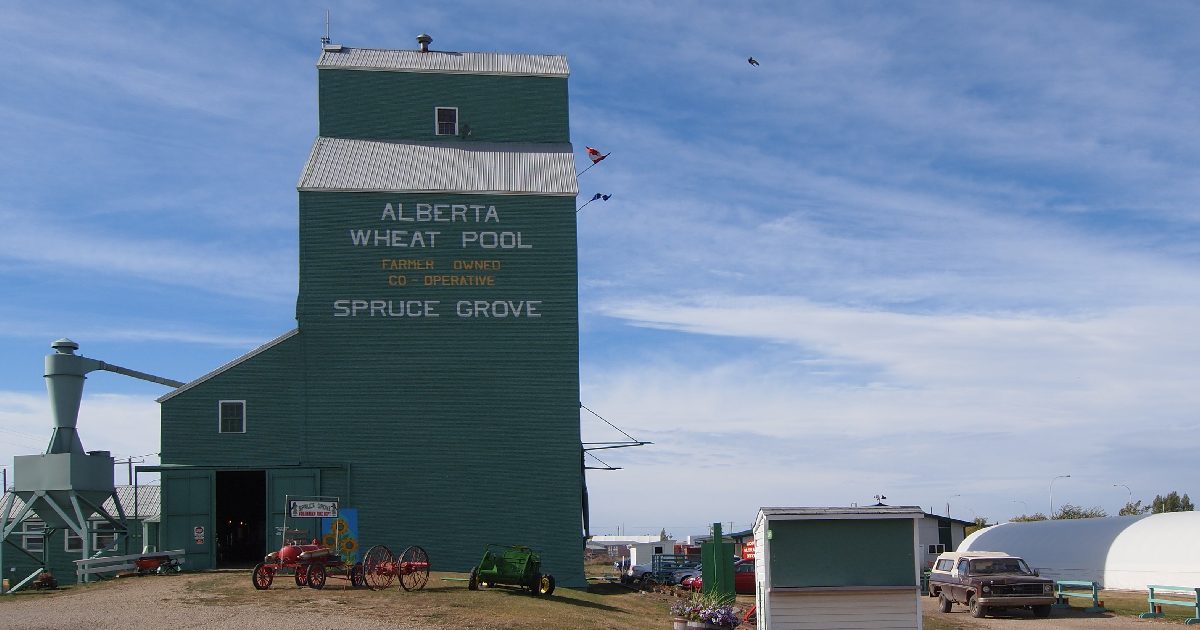
- Population: Approximately 35,000
- Location: Alberta, west of Edmonton
- Key Features: Growing suburban city, family-friendly, close-knit community
Nestled west of Edmonton, Spruce Grove boasts over 35,000 inhabitants. One of Alberta’s most rapidly developing cities, Spruce Grove, has developed irrespective of size. Its engaged community, child-friendly environment, and superior level of living are terrific.
Playing fields, universities, and leisure activities draw families and young adults to the metropolitan area. Spruce Grove inhabitants experience the benefits of a close-knit community while enjoying easy use of Edmonton’s services and enterprises. The continued expansion demonstrates how attractive Alberta communities are.
9. Vancouver

- Population: Over 675,000
- Location: British Columbia, along the Pacific coast
- Key Features: Gateway to the Pacific, stunning natural beauty, diverse and vibrant city
Over 675,000 residents live in Vancouver, one of Canada’s most beautiful and lively cities. Vancouver is enclosed by hills and oceans on British Columbia’s west coast. An important area for commerce, travel, and culture, the city is also the entry point to the Pacific.
Multiculturalism and diversity make Vancouver dynamic and sophisticated. A short trip from the city center, the capital offers hiking, skiing, and water sports. The combined effect of metropolitan refinement and the beauty of nature makes Vancouver one of Canada’s most popular cities to live in.
8. New Brunswick (Fredericton, Saint John, Moncton)

- Population: Over 775,000 (entire province)
- Location: Atlantic Canada, bordered by Quebec and Nova Scotia
- Key Features: Historical significance, diverse landscapes, major maritime hub
A coastal region of Canada, New Brunswick has an extensive heritage and different terrains. Its most significant cities are Fredericton (capital), Saint John, and Moncton, with approximately 775,000 inhabitants. These cities have been identified for their rich traditions, historic buildings, and proximity to the Bay of Fundy.
Ideally situated on the Atlantic coast, New Brunswick is a major maritime base that centers on trade, pilgrims, and transportation. The region is a distinctive component of Canada’s population centres as it includes both social history and scenic beauty. It draws residents as well as tourists.e
7. Mississauga
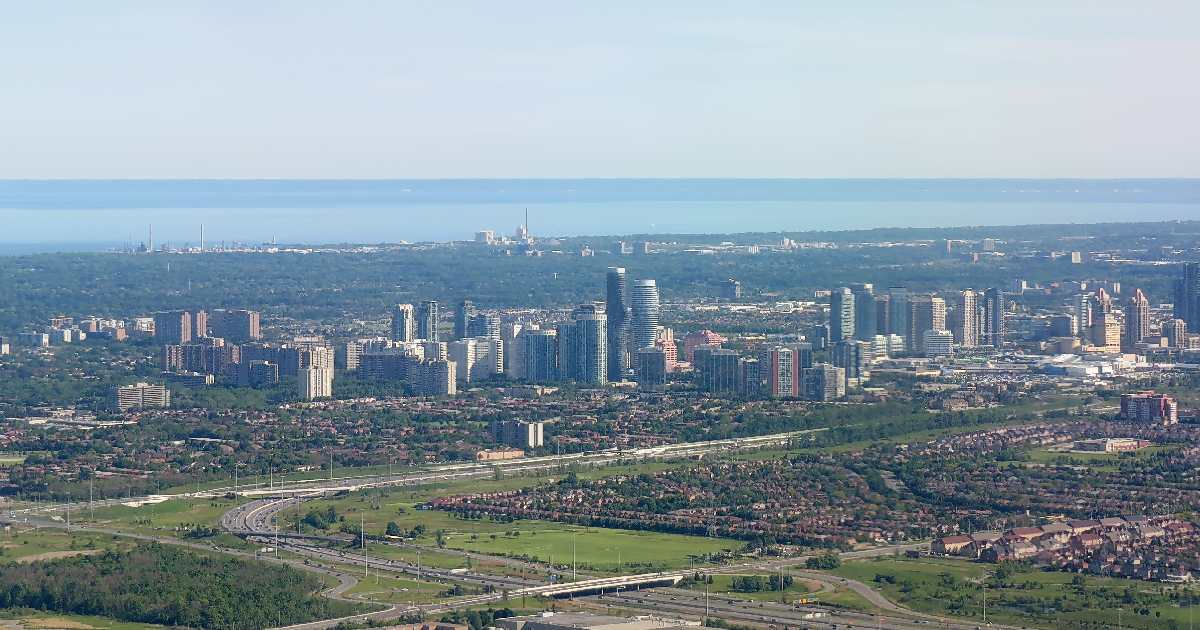
- Population: Approximately 800,000
- Location: Ontario, west of Toronto
- Key Features: Diverse population, major business hub, home to Toronto Pearson International Airport
One of Canada’s biggest cities, Mississauga, comprises 800,000 residents. Situated west of Toronto in Ontario, Mississauga has developed significantly in the past few years, becoming a major urban center. Diverse citizens coming from all other nations make the city multicultural.
Mississauga is host to numerous international companies and organizations. Tourism and logistics revolve around the city because of its distance to Toronto Pearson International Airport, Canada’s finest. Canadian cities, including Mississauga, are competitive due to their growing population and culture.
6. Nova Scotia (Halifax)
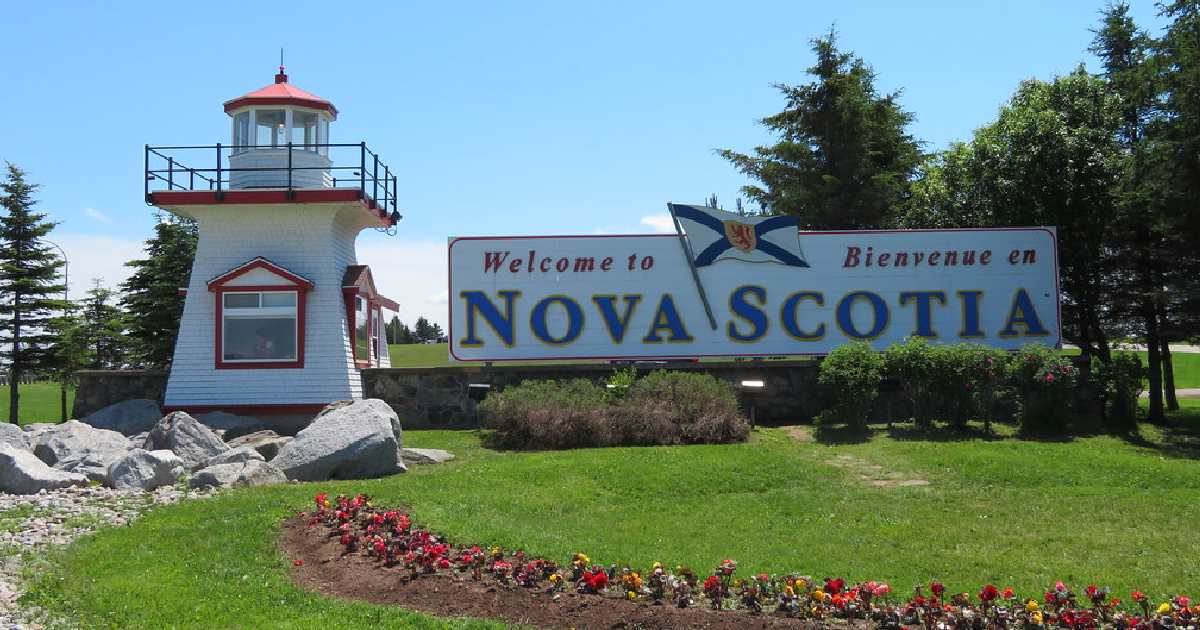
- Population: Over 1 million (entire province)
- Location: Atlantic Canada, surrounded by the Atlantic Ocean
- Key Features: Historic port city, cultural and economic hub, home to several universities
Atlantic Canada is dependent on Nova Scotia, primarily its major city, Halifax, having about 1 million citizens. With its extensive coastal heritage and vibrant musical and artistic scene, Halifax is the region’s cultural and revenue heart. Visitors as well as residents love the city’s historical waterfront and its bright boardwalk and landmarks.
Shipping, medical care, and education comprise Nova Scotia’s diverse industry. The territory’s exceptional shoreline landscape and rich history make it one of Canada’s top destinations to live and explore. As a major population centre, Atlantic Canadian growth depends on Nova Scotia’s inhabitants.
5. Edmonton
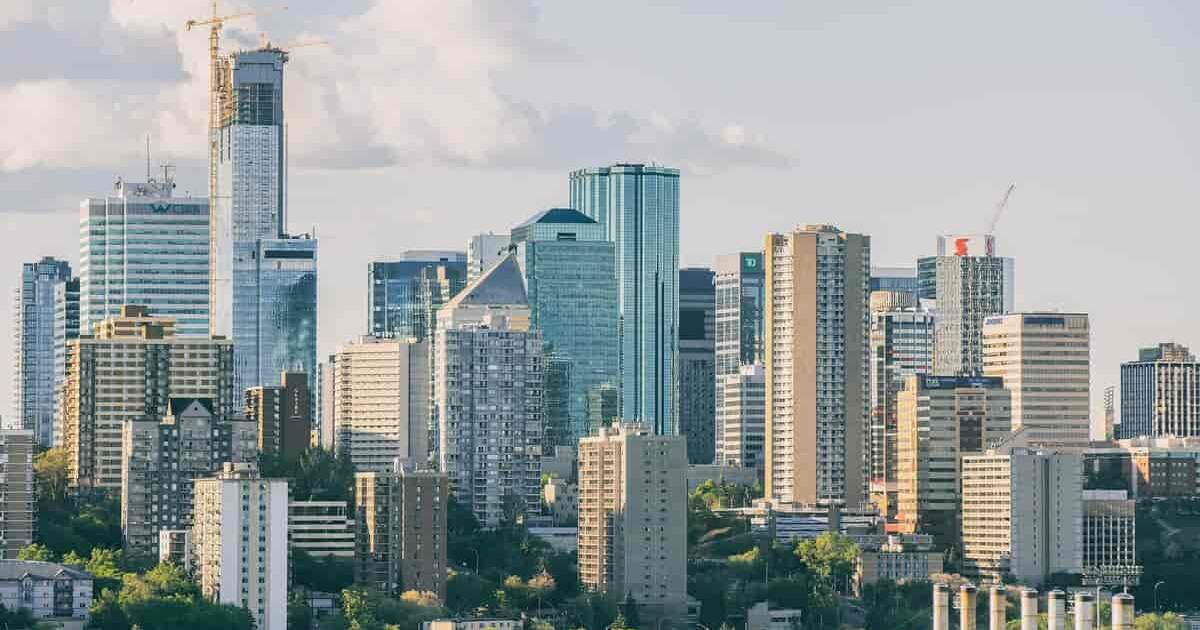
- Population: Over 1 million
- Location: Alberta, along the North Saskatchewan River
- Key Features: Known for West Edmonton Mall
Edmonton is Alberta’s capital and one of Canada’s largest towns, with almost 1 million citizens. As Canada’s northernmost significant city, it opens access to the vast majority of northern regions. The expression “Festival City” originates from Edmonton’s thriving arts industry and numerous festivals.
Notable attractions include the West Edmonton Mall. The 800-store shopping center includes a theme park, carnivals, and perhaps momentarily the world’s biggest. Edmonton is a noteworthy Canadian city with urbanized and northern characteristics owing to its region and customs.
4. Ottawa

- Population: Over 1 million
- Location: Ontario, along the Ottawa River
- Key Features: Canada’s capital city, home to Parliament Hill, bilingual population
Canada’s capital, Ottawa, has approximately 1 million citizens. The city along the Ottawa River in Ontario is economic and historical. The Supreme Court of Canada, Parliamentary Hill, and the Prime Minister of Canada and Governor General’s residences are in Ottawa, the seat of the federal government.
Ottawa’s population has cultural diversity; most citizens combine English and French. The National Gallery of Canada and the Canadian Museum of History form two of the city’s several museums. Ottawa is unique in Canada because of its heritage and present charms.
3. Calgary
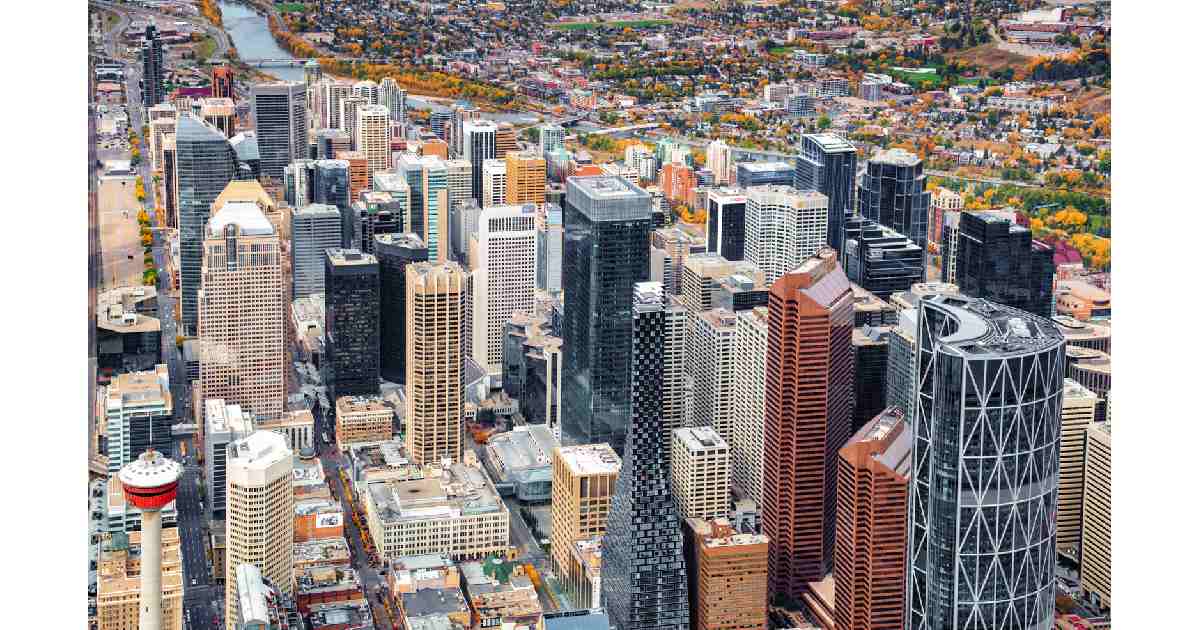
- Population: Over 1.3 million
- Location: Alberta, near the foothills of the Canadian Rockies
- Key Features: Oil and gas hub, famous for the Calgary Stampede, gateway to the Rockies
Calgary is a significant Canadian city with roughly 1.3 million inhabitants. The petroleum and gas industry relies heavily on Calgary, Alberta, strengthening the local economy. The Calgary Stampede, a rodeo competition, musical performances, and Western tradition festivities, is celebrated all over the city.
Nature lovers and tourists visit Calgary, a Canadian Highlands gateway and economic stronghold. A lively center and exquisite landscapes make the city desirable for those who live and tour. The unique combination of city life and outdoor splendor that Calgary offers makes it shine among other Canadian cities.
2. Montreal

- Population: Approximately 1.8 million
- Location: Quebec, on the Island of Montreal
- Key Features: Many provinces and Quebec largest French-speaking city in North America
The second-largest city in the country is Montreal, with 1.8 million individuals. North America’s major French-speaking city is located there as well. Montreal honors artistry and legacy with the Montreal International Jazz Festival and Just for Laughs.
The Notre Dame Basilica and Old Montreal’s cobblestone streets captivate travellers coming from all over the globe. Montreal’s McGill University and Université de Montréal are significant educational facilities. Its European splendor and North American elegance establish it apart as a populous Canadian city.
1. Toronto

- Population: Over 2.9 million
- Location: Ontario, on the shores of Lake Ontario
- Key Features: Financial capital of Canada, diverse cultural scene, iconic CN Tower
Canada’s biggest city, Toronto, is an extremely busy urban area with about nearly three million citizens. Ontario’s Toronto is the country’s commercial center and city of prominence. It is frequently referred to because of its diversified food, artistic endeavors, and festivities.
The city is characterized by the Canadian National Skyscrapers, the world’s largest freestanding towers. Banking industries, advances in technology, and other industries entice individuals from all over the globe to Toronto. The biggest city represents one of Canada’s most diverse due to Chinatown and Little Italy.
Conclusion
Canada’s biggest cities are now prospering financial and historical hotspots. Alongside beautiful scenery, Toronto, Montreal, Vancouver, and Calgary are filled with inhabitants. As Canada’s population grows, its cities will become even more vital to influencing the nation’s future. These big cities offer visitors Canada’s numerous and resilient metropolitan construction, which makes it one of the world’s finest nations.
Frequently Asked Questions (FAQs)
Which city in Canada has more job opportunities?
Toronto, the largest city in Canada, offers the most job opportunities. As a major financial and business hub, it hosts diverse industries, including finance, technology, healthcare, and media. Its robust economy attracts professionals from across the country and beyond, making it a prime destination for job seekers in various fields.
What is the most crowded city in Canada?
Toronto is the most crowded city in Canada, with a population of over 2.9 million people in the city proper and over 6 million in the Greater Toronto Area. It is the largest city and one of the most densely populated urban areas in the country, serving as a major cultural and economic centre.
What is the most liveable city in Canada?
Vancouver is often considered the most liveable city in Canada due to its stunning natural surroundings, mild climate, and high quality of life. It offers a blend of urban amenities and outdoor activities, making it an attractive place to live. The city frequently ranks high in global liveability surveys for its healthcare, education, and environment.
What is the smallest city in Canada?
The smallest city in Canada by population is Tilt Cove in Newfoundland and Labrador, with fewer than 10 residents. It was once a thriving mining town but has since become a tiny settlement. Its small population and unique status as a “city” make it an interesting footnote in Canadian urban history.
In which province do most Canadians live?
Most Canadians live in the province of Ontario, which is home to over 38% of Canada’s population. The province includes major cities like Toronto, Ottawa, and Mississauga, making it the most populous region in the country. Its economic opportunities and diverse communities attract people from all over Canada and the world.

